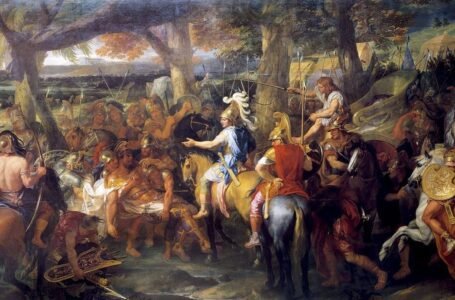Tripur Kumaran: The Revolutionary of Tamil Nadu
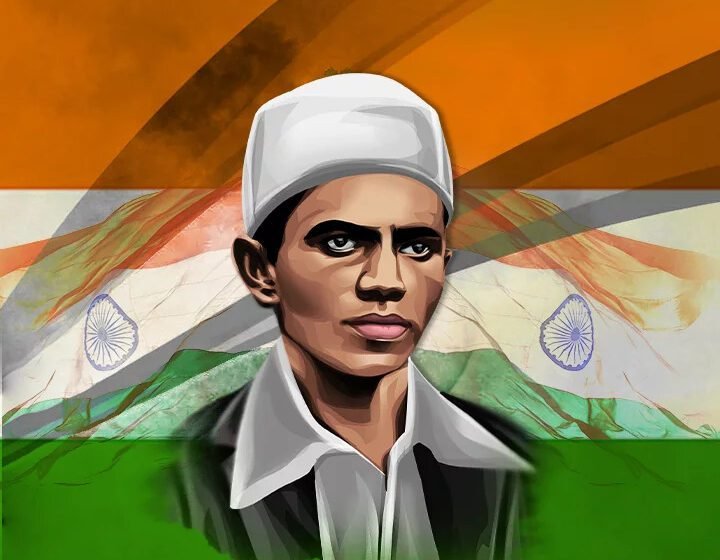
In the pages of Indian history, countless names have contributed their bit to the struggle for independence. Their sacrifices are often overshadowed by more prominent figures. And one such unsung hero yet equally courageous leader is Tripur Kumaran, a revolutionary from Tamil Nadu whose fervour for freedom and unbending spirit symbolised the collective resistance of millions of Indians against the British colonial rule. This blog delves into the life, contributions, and enduring legacy of Tripur Kumaran, a name that resonates with the spirit of patriotism and sacrifice.
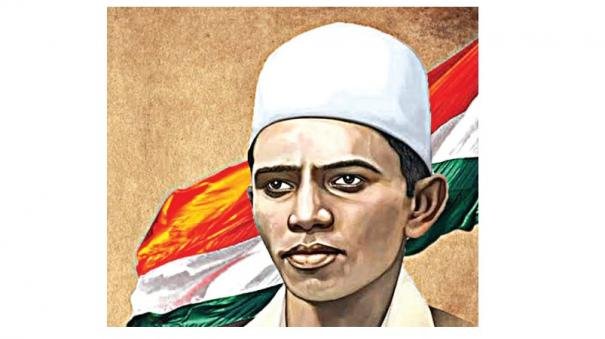
EARLY LIFE AND INFLUENCES
Tripur Kumaran, also known as Tirupur Kumaran, was born on October 4, 1904, in Chennimalai, a small town in the Erode district of Tamil Nadu. His full name was Kumaran Chinnasamy, and was deeply rooted into the cultural and traditions of his community. Growing up in a period marked by colonial oppression and widespread discontent, Kumaran was exposed to the harsh realities of British rule from an early age. His parents, Chinnasamy and Karuppayee, although farmers, and possessing modest means did not deter from instilling concrete values such as courage and integrity in their son.
Kumaran’s formative years were mainly influenced by the freedom movement which was gaining momentum across the country. The stories of early revolutionaries and teachings of mainstream leaders such as Bal Gangadhar Tilak, Mahatma Gandhi, and Subramania Bharati left a profound impact on him. The ideals of self-reliance, non-cooperation and civil disobedience resonated profoundly with him, setting up the stage for his future endeavours as a freedom fighter in the Indian Independence Movement.
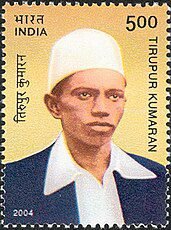
THE CALL TO ACTION
By the 1920s, the Indian freedom movement had entered a new phase with the launch of the Non-Cooperation Movement by Mahatma Gandhi. This movement sought to harness the collective strength of Indians by urging them to boycott British goods, institutions, and services. Inspired by Gandhi’s call, Kumaran became actively involved in organising protests and educating his fellow countrymen about satyagraha, importance of self-reliance and non-violent resistance.
Kumaran’s activism was not only confined to his hometown but also extended across Tamil Nadu, as he went around travelling and mobilising support for the freedom struggle. His speeches, infused with patriotic fervour and a deep sense of urgency, inspired many to join the cause. He emphasised the importance of unity and collective action, believing that the strength of the masses lay in their ability to stand together against oppression.
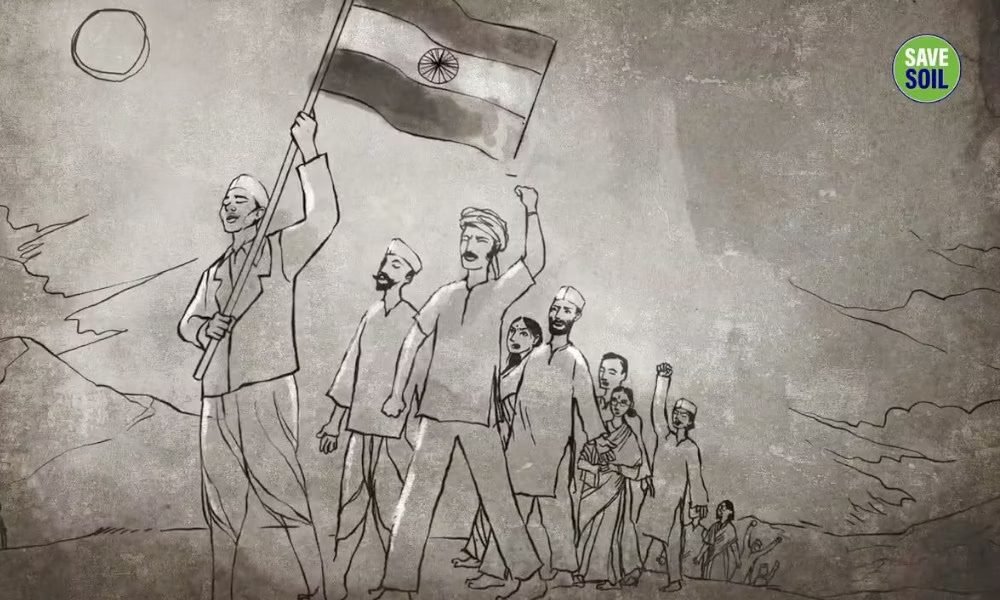
THE FORMATION OF THE DESABANDHU YOUTH ASSOCIATION
In 1932, during the Civil Disobedience Movement, Tripur Kumaran took a significant step in his revolutionary career by forming the Desabandhu Youth Association. An association established with the aim of urging the youth of Tamil Nadu to actively participate in the struggle for independence. The organisation’s name, “Desabandhu,” meant “Friend of the Nation,” reflecting on its mission to foster a sense of national unity and patriotism among its younger generation.
Under Kumaran’s leadership, the Desabandhu Youth Association became a formidable force in the freedom movement. The members, inspired by their leader’s unwavering commitment, engaged in activities such as organising protests, distribution of pamphlets and spreading awareness about the atrocities committed by the British. The association provided a platform for young revolutionaries to exchange ideas and strategies, creating a vast network of dedicated freedom fighters all across the region.

THE PROTEST AND MARTYRDOM
The year 1932 marked a pivotal moment in Kumaran’s life and the history of Tamil Nadu as part of the freedom struggle. On January 11, 1932, Tripur Kumaran led a protest march in Tirupur, a town known for its vibrant textile industry. The protest was organised to denounce the British-imposed ban on the Indian national flag and assert the right of Indians to hoist their own flag as a symbol of their identity and resistance.
As the protesters flooded the streets, chanting slogans, holding and waving the Indian tricolour, they were met with brutal force by the British police. The authorities, who were determined to crush any form of protest, resorted to violent measures to disperse the crowd. Despite the imminent danger, Kumaran refused to abandon the flag, holding it close to his chest as a symbol of his unwavering commitment to the cause.
In the ensuing chaos, Kumaran was severely beaten by the police. Undeterred, he continued to hold onto the flag until his last breath. Tripur Kumaran succumbed to his injuries on January 11, 1932, becoming a martyr for the cause of Indian independence. His death sent shockwaves through the nation, galvanising further resistance against the British and inspiring countless others to take up the mantle of freedom. Facing a death very much similar to that of Lala Lajpat Rai, Kumaran had cemented himself as the frontier face of the freedom revolution in Tamil Nadu.

LEGACY AND REMEMBRANCE
Tripur Kumaran’s sacrifice however, did not go in vain. His martyrdom became a rallying point for the freedom movement in Tamil Nadu and beyond. The image of Kumaran clutching the Indian tricolour as he took his last breaths then became an enduring symbol of patriotism and defiance against colonial rule. His story has been narrated in songs, poems, and folk tales, ensuring that his legacy would be remembered for generations to come.
In context to his contributions, Tripur Kumaran is fondly referred to as “Kodi Kaatha Kumaran,” meaning “Kumaran who protected the flag.” The town of Tirupur, where he made the ultimate sacrifice, commemorates his memory through various monuments and institutions named in his honour. The Tirupur Kumaran Memorial, a statue erected at the site of his martyrdom, serves as a reminder of his indomitable spirit and unwavering dedication to the cause of freedom.
THE BROADER IMPACT ON THE FREEDOM STRUGGLE
Tripur Kumaran’s life and sacrifice had a profound impact on the broader landscape of the Indian freedom struggle. His unwavering commitment to the cause, even in the face of brutal repression, served as an inspiration to countless others. The story of his martyrdom resonated deeply with the masses, reinforcing the belief that the struggle for independence was a collective endeavour that required the active participation of every Indian.
Kumaran’s emphasis on unity and collective action was particularly significant in the context of Tamil Nadu’s role in the freedom movement. His efforts to mobilise the youth and create a sense of national unity helped in breaking regional and linguistic barriers, fostering a sense of common purpose among the people of Tamil Nadu. This spirit of unity and cooperation was crucial in sustaining the momentum of the freedom struggle in the region.
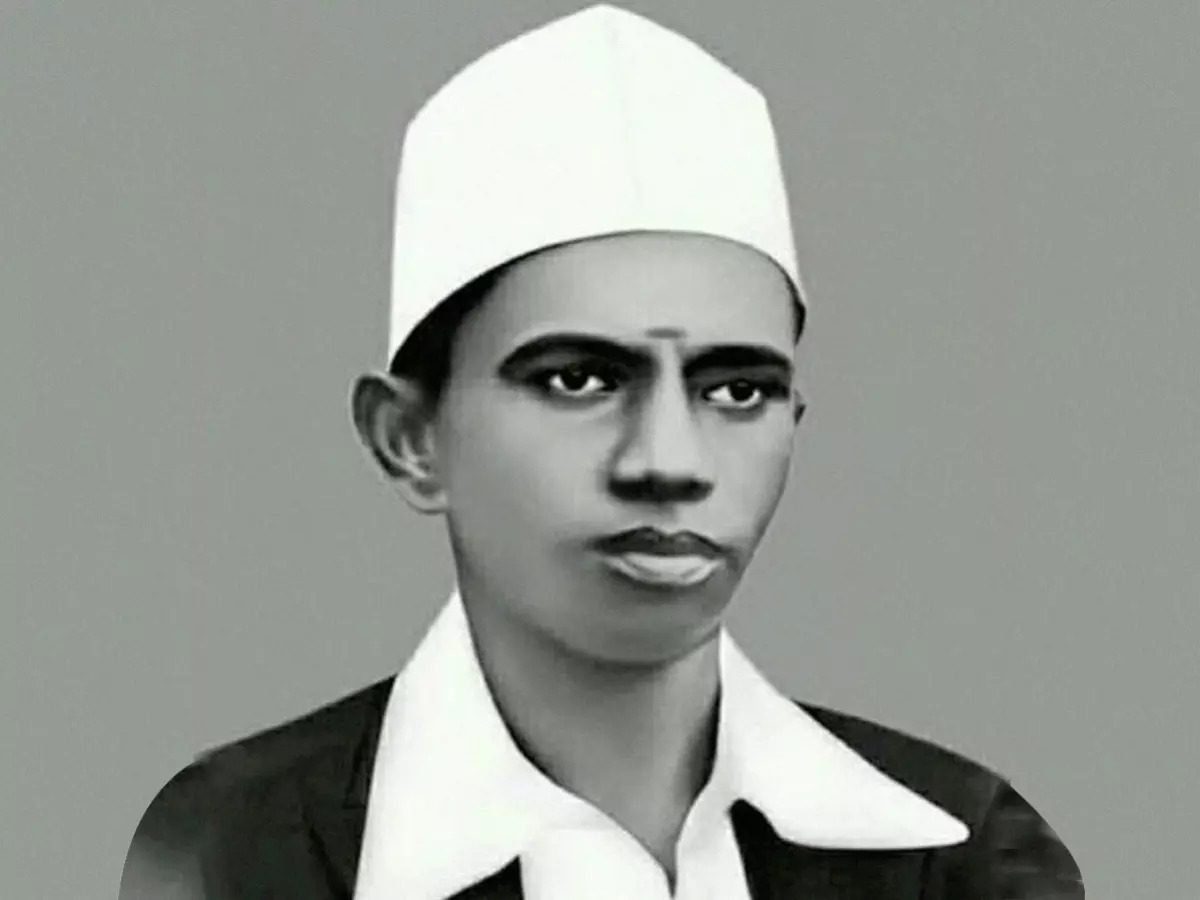
ANALYSING TRIPUR KUMARAN’S IDEALS
Tripur Kumaran’s ideals provide valuable insight into the principles that guided his life and reflected upon his activism. His unwavering commitment to the cause of freedom, even at the cost of his own life, highlights the spirit of selflessness and sacrifice that characterised many of India’s freedom fighters. Kumaran’s refusal to abandon the national flag, despite facing imminent death, showcases his deep sense of patriotism and the belief in the symbolic power of the flag as a representation of India’s identity and aspirations.
Kumaran’s emphasis on non-violent resistance and civil disobedience also aligns with the broader principles of the Indian freedom struggle. Inspired by Mahatma Gandhi’s philosophy, Kumaran believed in the power of nonviolent protest as a means of challenging and overthrowing colonial rule. His dedication to these principles, even in the face of brutal repression, highlights his moral and ethical adherence to his principles even in face of adversity.
THE RELEVANCE OF TRIPUR KUMARAN’S LEGACY
The legacy of Tripur Kumaran remains relevant in modern India too, serving as a reminder of the sacrifices made by countless individuals in the quest for freedom and justice. His story continues to inspire new generations of Indians to value and uphold the principles of non-violence and grit of character In an era marked by rapid social, economic, and political changes.
Kumaran’s emphasis on youth involvement in nation-building is particularly relevant in today’s scenario. His efforts to utilise the power of young people highlights the critical role that youth can play in shaping the future of the nation. By drawing inspiration from Kumaran’s example, one is encouraged to actively engage in social and political issues, championing causes that deserve recognition and overall being a pioneer in national development.
CONCLUSION
Tripur Kumaran’s life and legacy stands as a testament to the spirit of resistance and sacrifice that characterised India’s struggle for independence. His unwavering commitment to the cause of freedom, emphasis on unity and collective action, and belief in the power of nonviolent resistance continues to resonate with the people of India. As we reflect on his contributions and honour his memory, let us draw inspiration from his ideals and strive to uphold the values of liberty, justice, and national unity that he so passionately championed.


